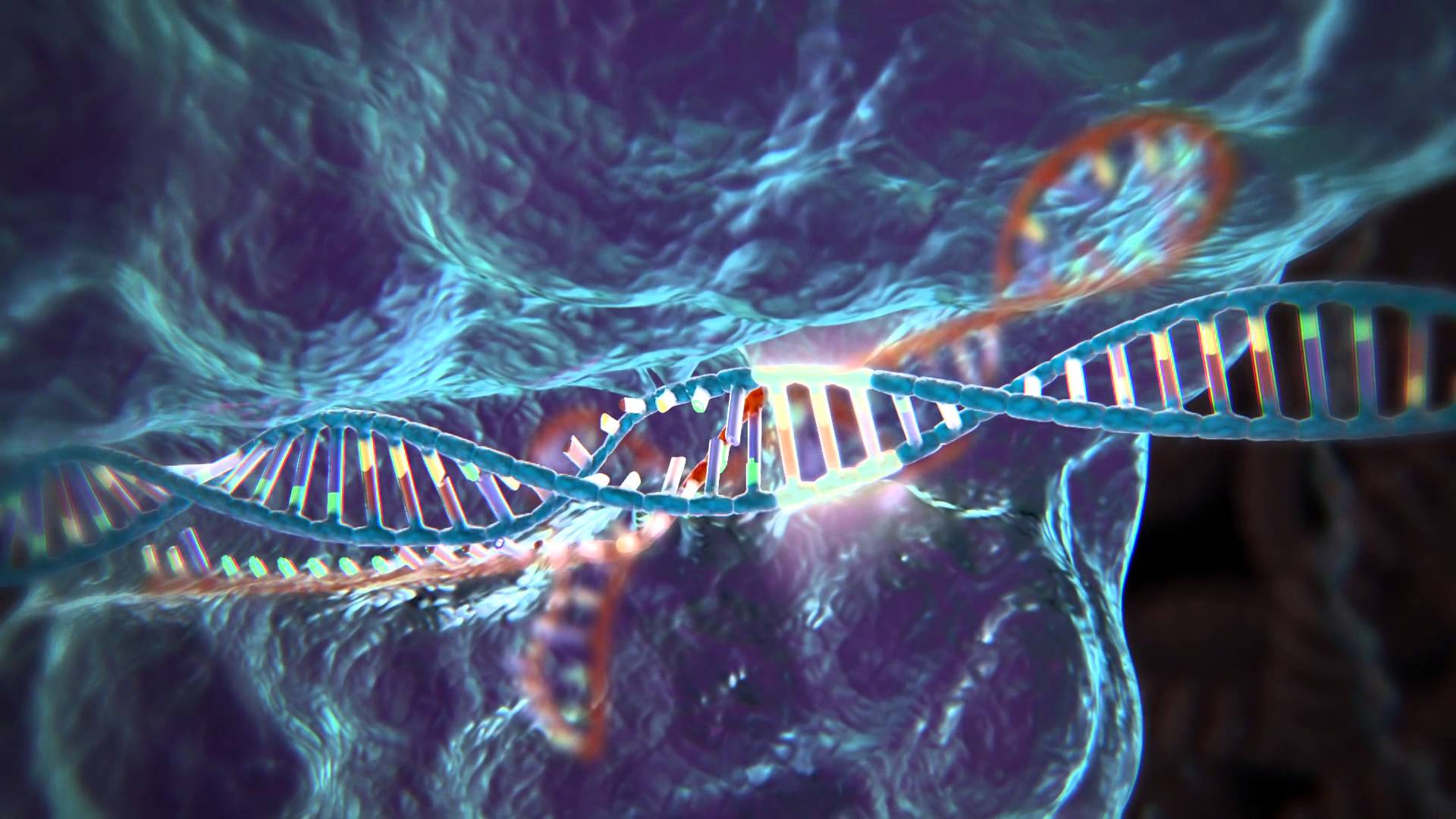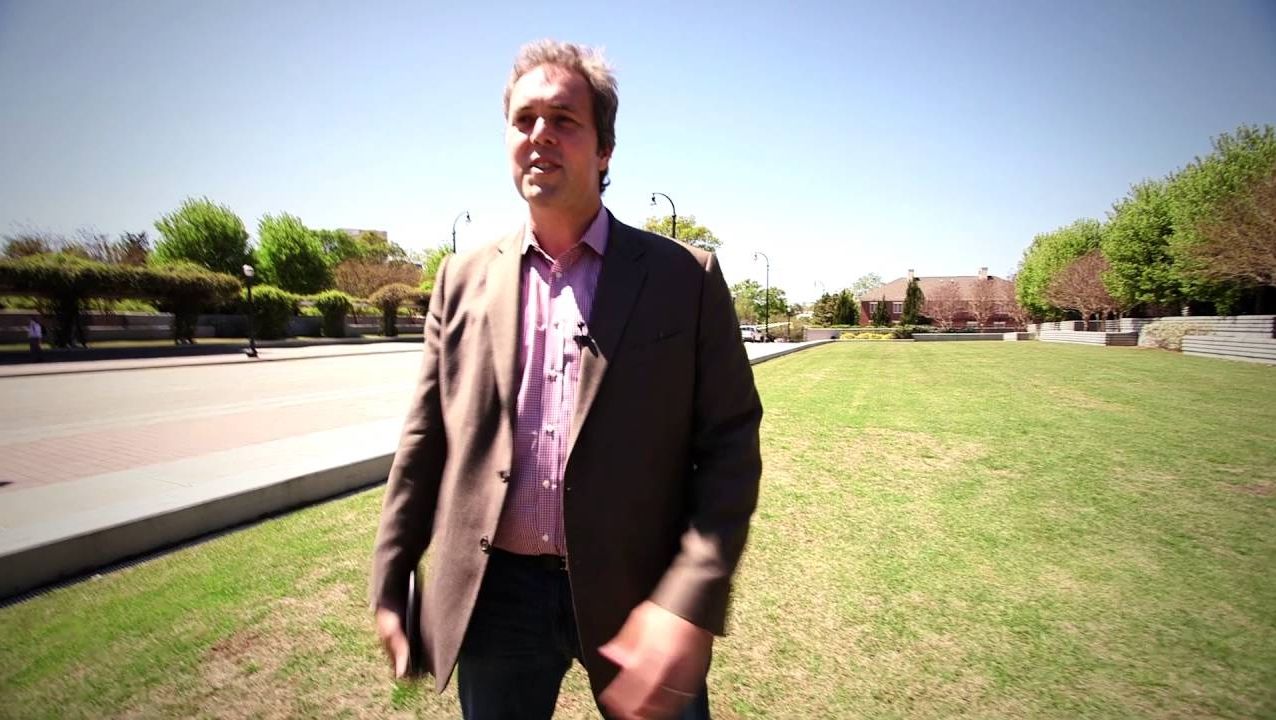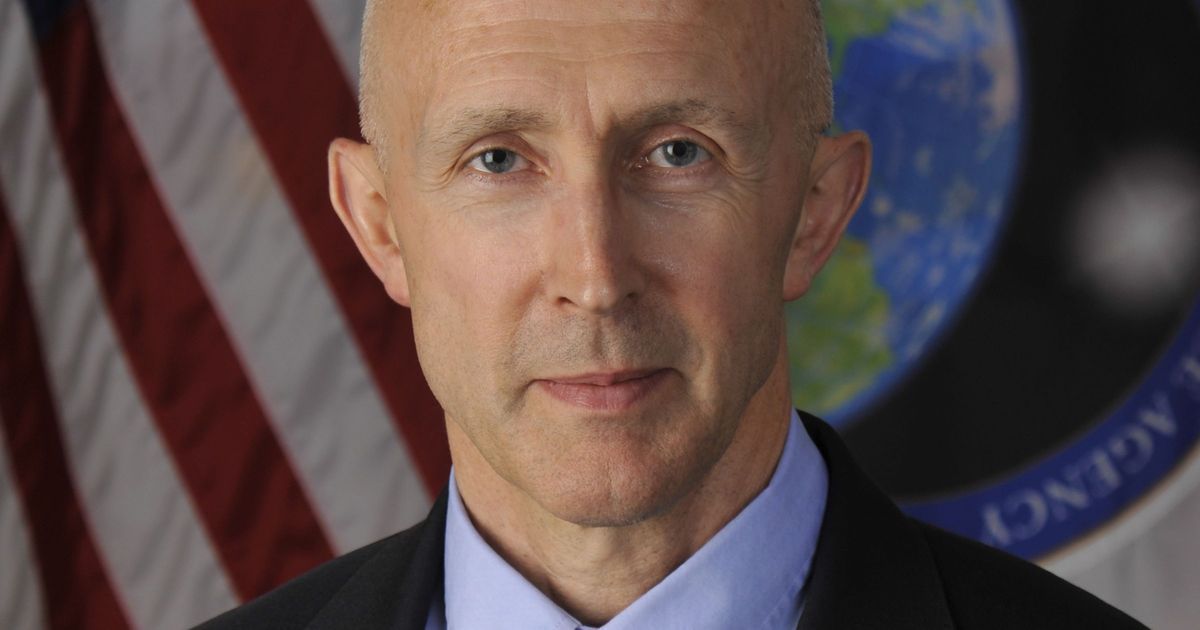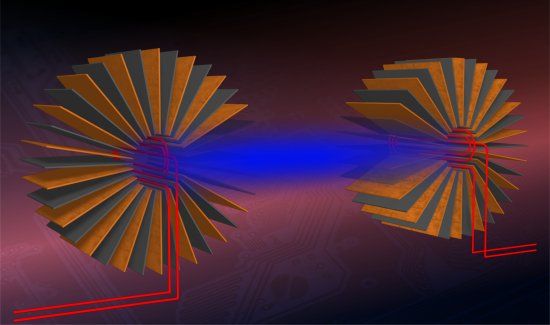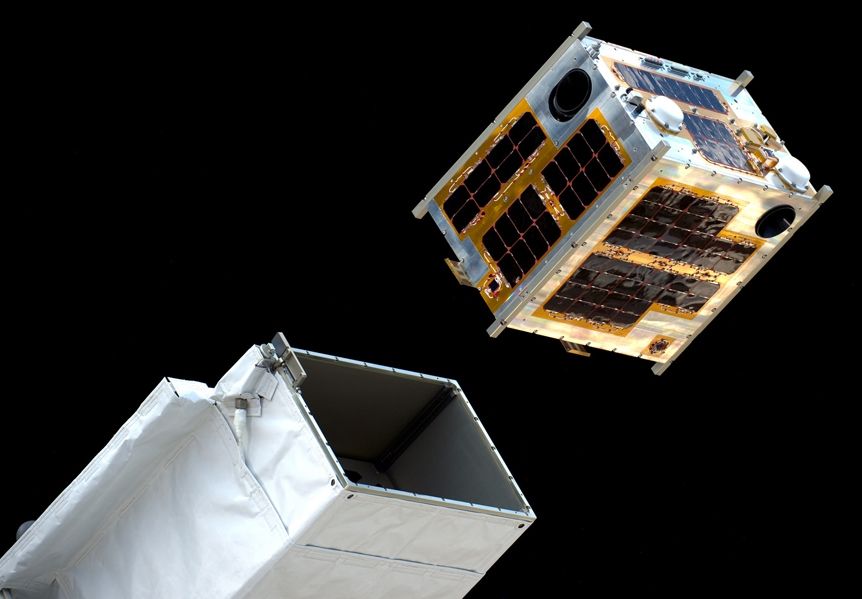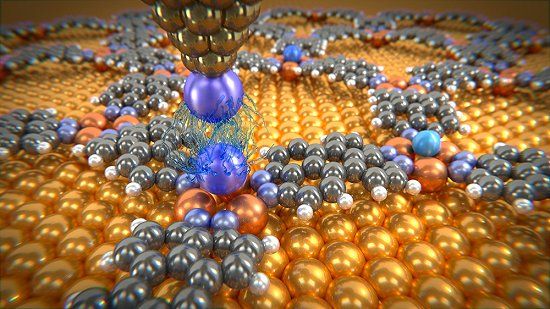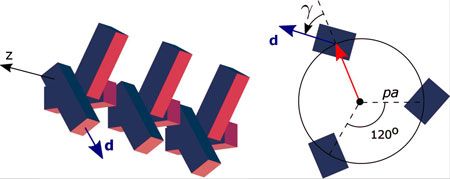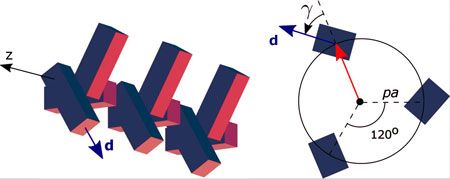May 23, 2016
HIV Genes Have Been Cut Out of Live Animals Using CRISPR
Posted by Dan Kummer in categories: bioengineering, biotech/medical
For the first time ever, scientists were able to successfully cut out the HIV genes from live animals, and they had over a 50% success rate.
A significant milestone was achieved today in the fight against HIV—scientists led by Kamel Khalili of the Comprehensive NeuroAIDS Center at Temple University just reported that, for the first time, HIV genes have been successfully eliminated from the genomes of animals infected with the virus.
Continue reading “HIV Genes Have Been Cut Out of Live Animals Using CRISPR” »
